Are Coconut Bowls Safe to Eat From?
Wooden bowls, plates, chopping boards and wooden cups have been used at home and in a restaurant setting for generations in the UK and around the world, but despite their relative commonality, fear and stigma still exists around the use of wooden tableware in relation to food safety and hygiene.
In this article we’ll take an honest look at what coconut bowls are, how they’re made and if there are any food safety concerns for coconut bowls and other wooden kitchenware.
What is a coconut bowl?
Coconut bowls by Jungle Culture are produced in Bến Tre, an area of Southern Vietnam located amongst the winding and turning waterways of the Mekong Delta. Bến Tre became infamous during the Vietnam war when a US army general declared “It became necessary to destroy Ben Tre to save it”, but before the Vietnam war and for generations, Bến Tre was known locally as “The Kingdom of Coconuts”. The province was renowned for producing the thickest, sturdiest and highest quality coconuts.
So much so that in 1963 a religion based on coconuts became popular in the region, with coconut monks vowing only to eat and drink coconut products. That’s beside the point, but if you’re interested in coconut cults, you can read more about it here. (P.S. They were also allowed 9 wives).

Any-hoo. For generations, coconut farmers in the region and around Asia cultivated coconuts to sell primarily to the cosmetics industry where the coconuts were harvested for their oils, milks and meat. The coconut shells were traditionally wasted after the harvest, used as firewood or simply discarded.
In recent years, farmers have gained an important secondary income by selling the coconut shells to artisan crafts workshops who turn the shells into stunning handicraft products such as coconut shell bowls, coconut candles and coconut tea light holders.
How are coconut bowls made?
- Once a coconut is harvested its thick green outer shell is impaled and twisted free, leaving the hairy brown coconut inside that we commonly see in supermarkets.
- Once the green husk has been removed, the coconut is cracked and it’s milks, oils and meats are removed and sent for processing.
- The thickest and roundest shells are then chosen and sanded down to create a smooth, sturdy coconut bowl.
- Once smooth, the coconut bowls are then polished with virgin coconut oil and sometimes engraved with a nature-inspired pattern.
You can read more about how coconut bowls are made in our other blog!
Quick fun facts about Bến Tre!
Before we go any further, let’s take a quick look at what makes Bến Tre so magical + why Bến Tre in Vietnam is the best place to source coconut shells!
1. Bến Tre has over 70,000 hectares of coconut growing space. To put that into context, the area where coconuts are harvested in Bến Tre is almost identical to the size of New York City.
- Over 600 million coconuts are produced in Bến Tre every year!
- The quality of the coconuts produced in Bến Tre is considered much higher than coconuts produced elsewhere, checked by independent experts.
- Bến Tre has a huge amount of rainfall and its coconut farms are all naturally irrigated by the tapestry of brackish water that is the Mekong Delta.
Are coconut bowls food safe?
In terms of food safety, each and every product that is sold in the US, EU, Australia and other highly regulated countries must conform to a strict food safety regime. Our coconut bowls are therefore tested by the world’s leading independent laboratory group SGS to evaluate whether or not they are safe for humans to eat from.
So is it safe to eat from wooden bowls? And are wooden bowls sanitary?
In short, yes, it’s completely fine to use wooden bowls, plates and other cooking utensils.
In the laboratory tests below, we can see that coconut bowls passed as safe according to the strictest LFGB and FDA guidelines, meaning that there is absolutely no health risk from using coconut bowls.


Are other wooden kitchenware products food safe?
Although using wooden bowls, plates and cutlery is considered risk-free, restaurant authorities around the world do not recommend the use of wooden chopping boards in a commercial kitchen. Why?
When you chop with a sharp knife, as well as cutting your food, you’re also making a small, unnoticeable incision on the surface of your chopping board. This incision gives germs and bacteria a place to breed and raw food stuffs can easily make their way into the hole created by your knife.
Before you run to the kitchen to throw out your wooden chopping board, read on!
In the 1980’s tests were done to assess the comparative safety of using a plastic chopping board. The results - They are equally as bad when it comes to bacteria breeding in small crevices.
So what should we do?
Well, the results showed that plastic chopping board were easier to damage, but also easier to santize. Meaning that using a plastic chopping board at home for meat is advisable, but for vegetables, fruits, nuts and everything else, wood is best as it’s more difficult to damage!
How to make sure my coconut bowls stay bacteria-free
Coconut bowls are made using 100% natural and organic coconuts and since coconut is a type of wood, physiologically speaking, it behaves like wood and should be treated with care in the same way you would treat a wooden cooking utensil or a wooden cabinet!
Things to avoid:
- Extreme heat
- Extreme cold
- Prolonged exposure to water (i.e. soaking)
Can you put coconut bowls in the microwave?
No. Coconut bowls or any wooden tableware for that matter should be kept far away from the microwave and dishwasher and should not hold hot liquid foods, such as soup, porridge or curry.
The reason is because of thermal expansion. When wood is subjected to excessive heat it reacts by expanding, warping and eventually cracking.
Can you put coconut bowls in the freezer or refrigerator?
Technically speaking, wood is not directly affected by mild cold temperatures. However, wooden objects often carry a lot of internal moisture and humidity which, when exposed to freezing temperatures, can expand and cause your bowls/wooden tableware to crack.
So what about other cold and hot foods? Can I put them in my coconut bowls?
Absolutely! Wooden tableware including coconut bowls are generally incredibly durable and dynamic. Ice cream, smoothie bowls and hot dinners will not cause your bowls any harm, avoid hot liquids and extreme heat and cold and your bowls will last a lifetime!
Why do coconut bowls change colour?
Coconut bowls, like any other wood react to the properties in air and sunlight. This means that over time they will change colour, normally more so within the first year!
Check out this example of how Cherry wood darkens over time:

To prevent your coconut bowls from dramatically changing colour, use linseed or flaxseed oil and rub into the surface of your bowls. This will return them to a bright, polished dark wood tone.
Do coconut bowls rot?
Mould is a type of fungi that thrives in damp and humid environments. Just like clothing, wood, food, carpet and plumbing, mould can appear on your bowls if you do not take care of them!
Luckily, in the UK we do not have a lot of humidity, so mould is much rarer than in tropical climates. To be safe, keep your bowls and any other wooden tableware in a cool, dry storage cupboard and your bowls will be fine!
Are coconut bowls hygienic and food safe?
In summary, coconut bowls have been tested and approved by world-leading scientific laboratories and government agencies around the world. They are completely harmless, natural, hygienic and food safe.
Your coconut bowls will stay looking great for a long time as long as you take care of them. Luckily this is pretty easy and all you need to do is keep them away from extreme temperatures and humid environments! In case you need some extra guidance, here is our coconut bowls care guide.
Finally, if you do have any issues with your coconut bowls, be sure to contact our support team and we’ll help replace them for you! You can compost old coconut bowls or any wooden objects using the advice from the following video:
How to compost for beginners
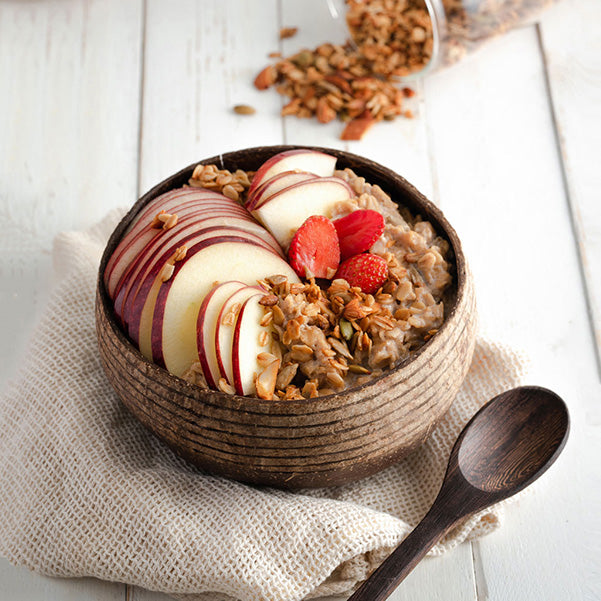
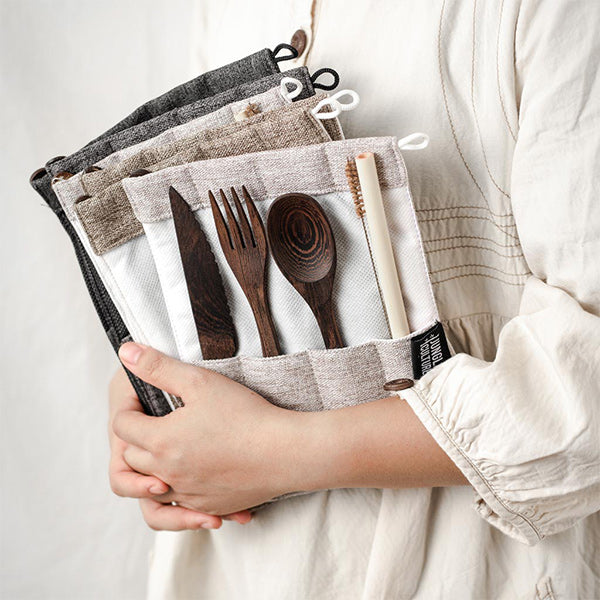
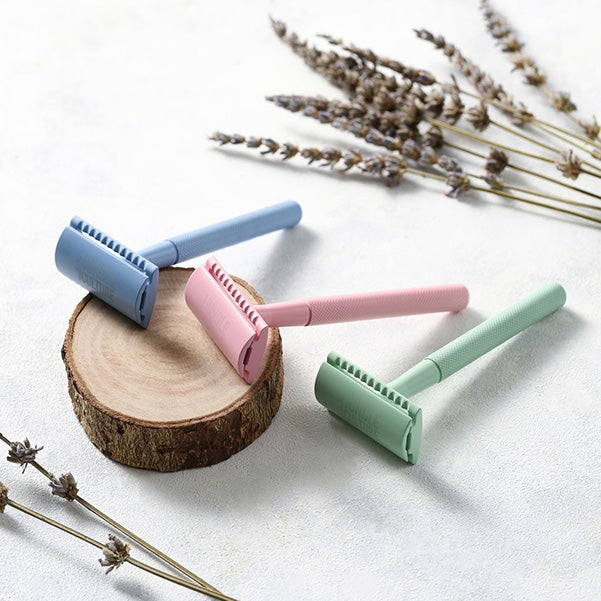
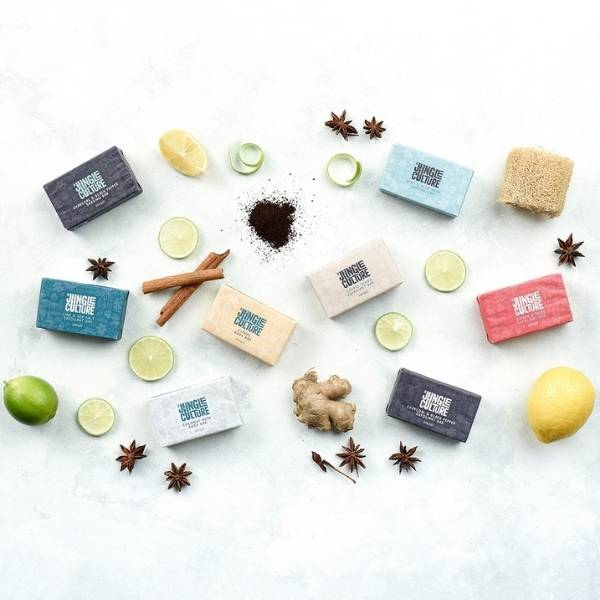
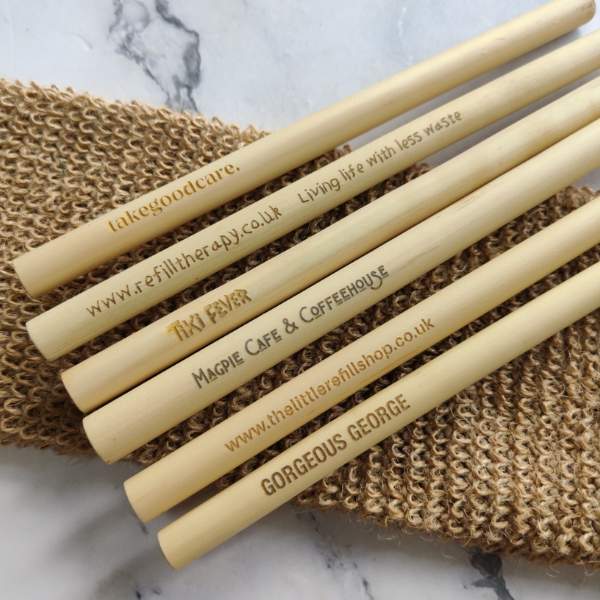

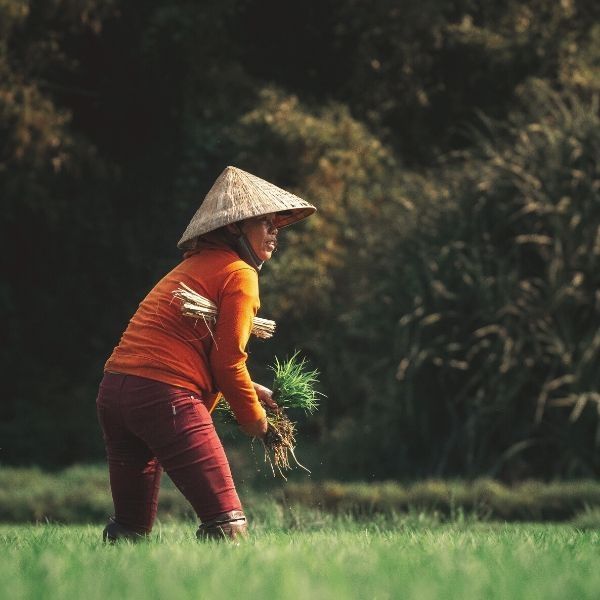
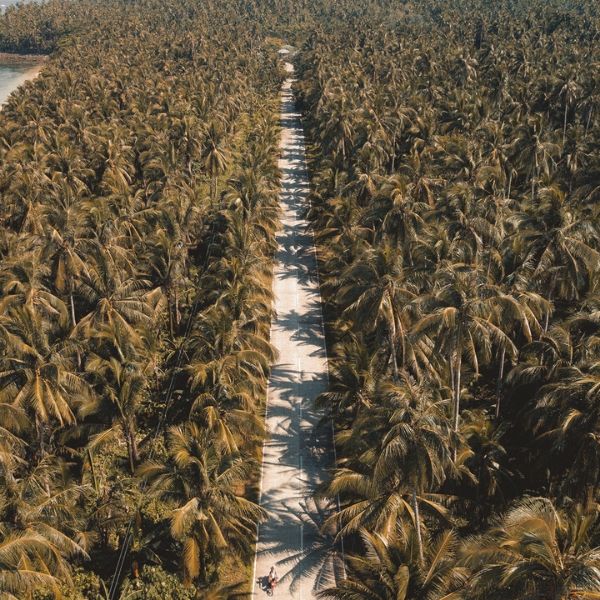
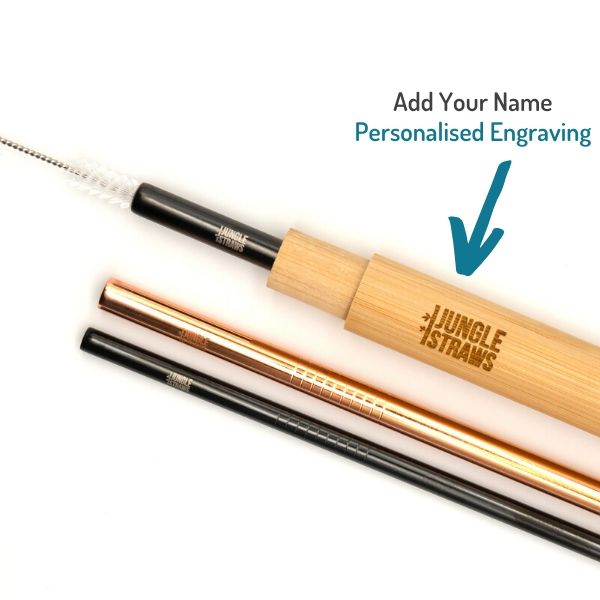

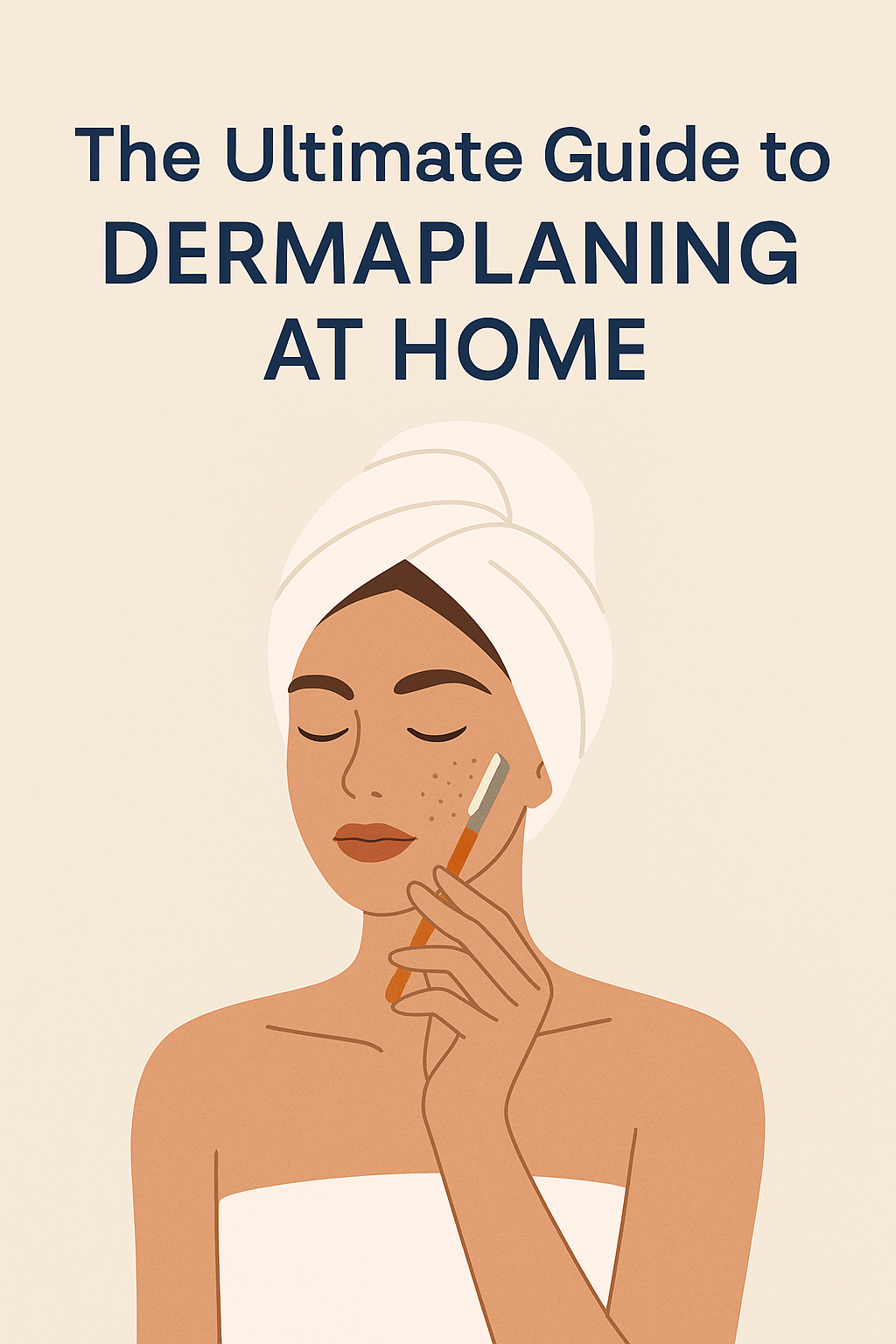

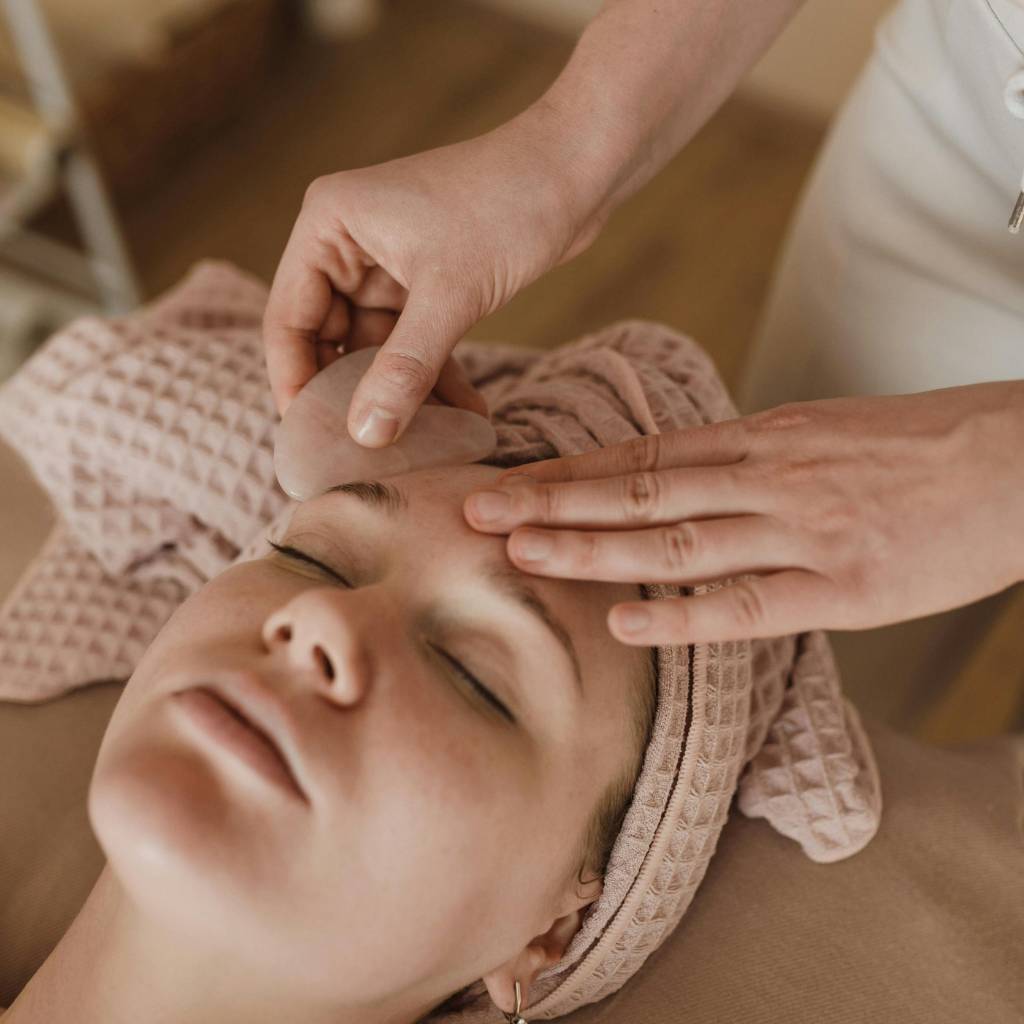
Leave a comment (all fields required)